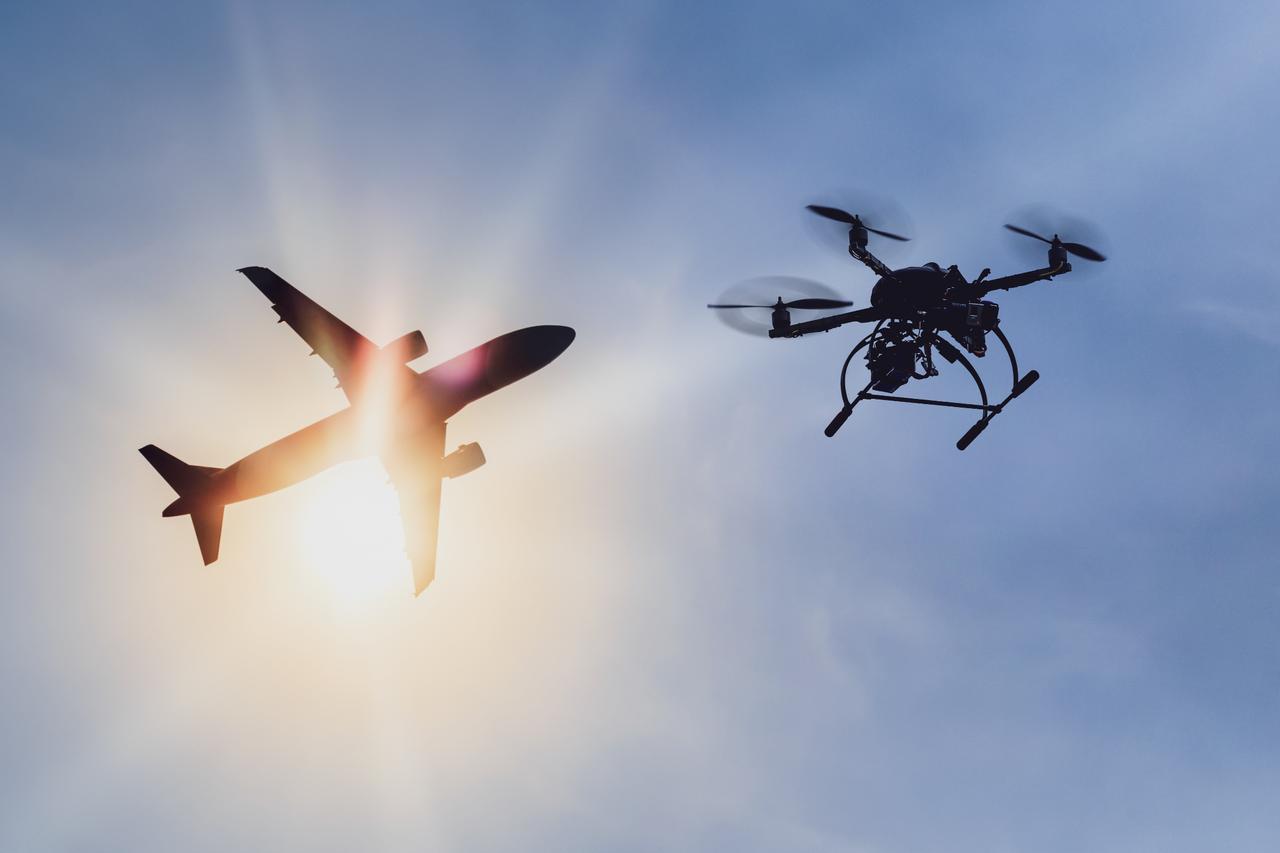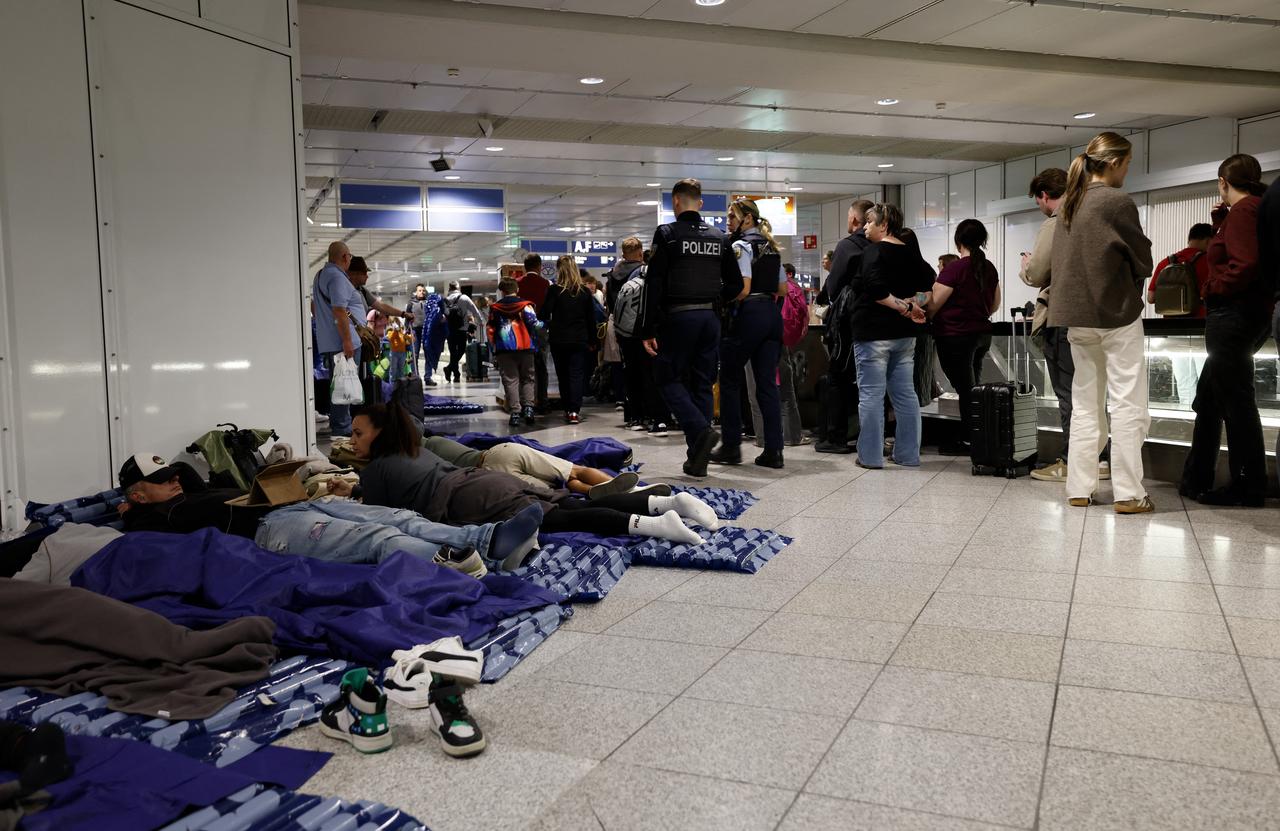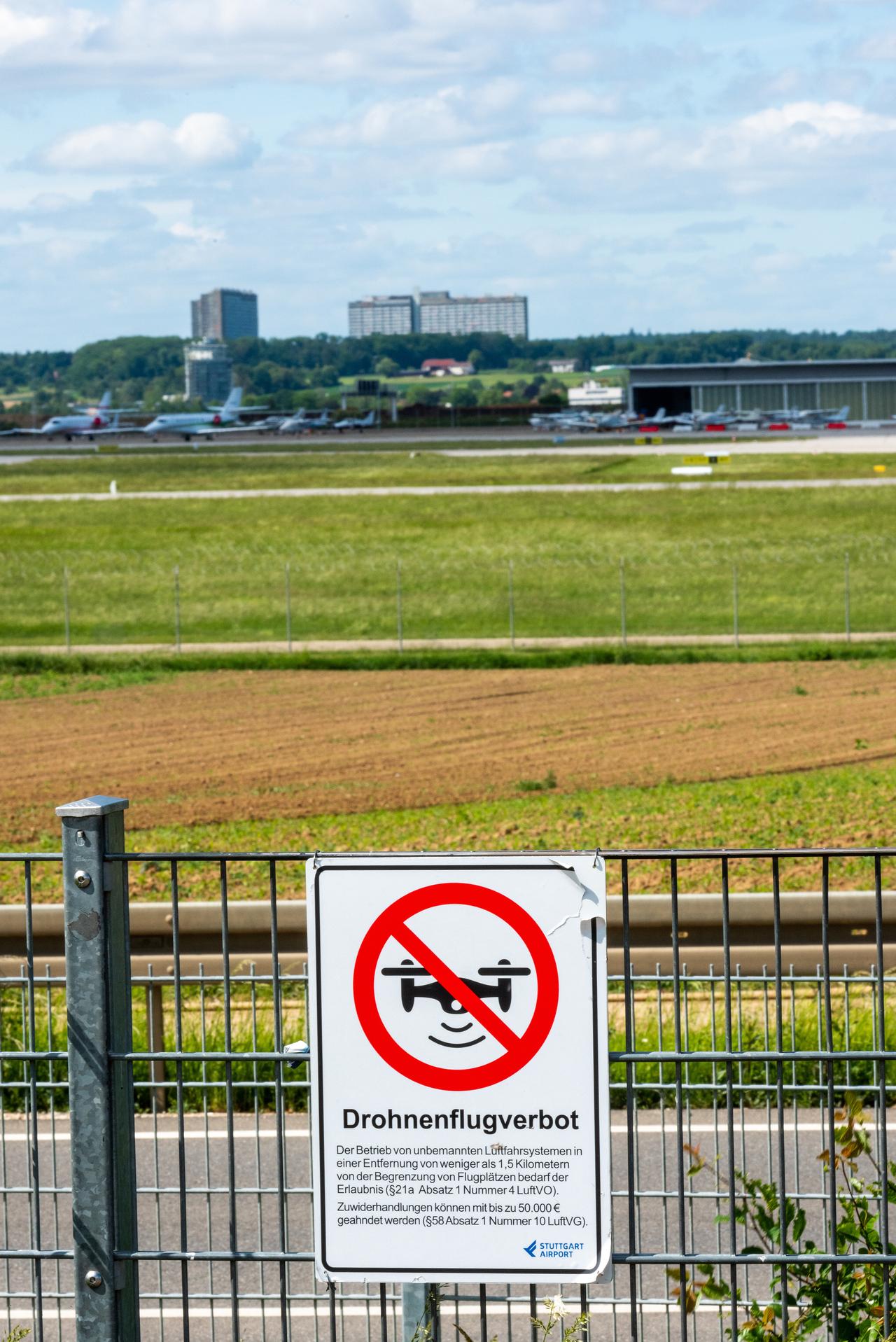
Across Europe, the skies are becoming increasingly contested. What began as the rise of drones, once regarded mainly as recreational gadgets or tools for commercial efficiency, has evolved into a far more complex and concerning challenge.
Airports have been forced to suspend operations, military facilities have faced repeated incursions and critical infrastructure has come under heightened surveillance.
These incidents are no longer isolated events; they signal a fundamental shift in how airspace is used, monitored and protected.
The rapid development of drone technology has outpaced the policies designed to regulate it, turning what was once a niche legal concern into a critical matter of national security and public safety.
Governments can no longer afford to treat unauthorized drone activity as minor violations.
Instead, the changing nature of the threat demands a comprehensive reassessment of existing approaches, one that prepares states for a more complex, contested and strategically sensitive airspace environment.

European governments are responding with a combination of legislative, operational and technological measures.
Germany, for example, is considering legislative changes to allow military forces to intercept or shoot down unauthorized drones over critical infrastructure.
Authorities have deployed laser-based detection systems at airports such as Munich and are testing shoulder-mounted jammers.
The Bundeswehr is also exploring ways to integrate military capabilities into domestic airspace defense.
Denmark has implemented temporary nationwide bans on civilian drone flights near military bases and high-profile events, such as European summits, to prevent potential security breaches.
Bulgaria has amended its Civil Aviation Act to tighten restrictions on drone operations near airports and sensitive infrastructure.
Meanwhile, Switzerland is investing in anti-drone defense systems, including radar networks and counter-drone technologies, to detect and neutralize unauthorized devices.
Cross-border coordination is also being prioritized. European Union member states are working on shared monitoring networks, real-time data exchange, and integrated response protocols.
These efforts aim to ensure that unauthorized drones cannot exploit regulatory gaps between countries.
Several governments have established dedicated task forces to coordinate between aviation authorities, law enforcement, defense agencies and private-sector partners, leveraging technologies like artificial intelligence and predictive analytics to anticipate drone threats.

Amid these urgent measures, policymakers face the challenge of balancing security with the legitimate uses of drones.
These devices continue to offer transformative potential in sectors such as logistics, agriculture, infrastructure inspection and emergency response.
Authorities must ensure that regulatory and technological measures mitigate risks without unnecessarily hindering innovation or legitimate commercial operations.
Europe is at a pivotal moment: successful implementation of coherent, forward-looking frameworks will safeguard airspace while supporting the safe growth of drone technology.
Failure to act decisively could lead to continued disruptions, compromised infrastructure and heightened risks to public safety.
The technology is already here; the question is whether governments can deploy laws, strategies and tools sophisticated enough to meet the challenges posed by unauthorized drones.
How Europe responds in the coming months will determine the future security and functionality of its skies.